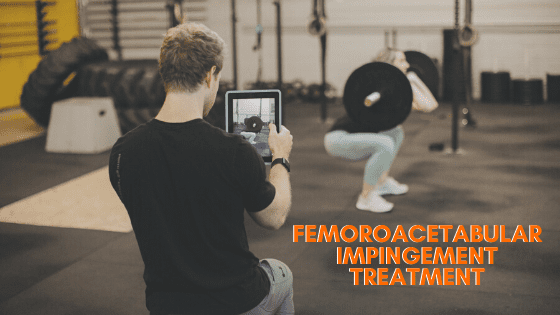
Femoroacetabular impingement is a common complaint that we see in competitive athletes due to the demands of their sport, which push the hip joint through full ranges of motion repeatedly. Even in the general population, postures and positions can irritate the front side of the hip.
But unfortunately, this is a condition that we commonly see being poorly managed in the medical world, and individuals suffering from pain and decreased function for far too long. This guide should serve as an outline to better understand hip impingement (also meant to include femoracetabular impingement and hip labrum tears) and initiate treatment for this condition.
Femoroacetabular Impingement (FAI) Treatment Tips
Key #1: UNDERSTAND HOW COMMON THIS IS!
The first thing patients tell me when they come in for help dealing with their femoroacetabular impingement symptoms is that their doctor saw abnormalities in their hip on an X-ray or MRI. While at times this can be important, we have to understand that these changes happen in TONS of people with ZERO PAIN OR LIMITATIONS! For example, A 2012 study actually found that 69% of asymptomatic individuals had hip labrum tears! You read that right…2 out of 3 people had those changes with no pain!
This should be encouraging for those who have hip impingement symptoms. If others can have the same tissue changes that you do without pain, it often means we can use the following principles to calm down irritated tissues and allow you to return to the activities you want to be doing!
We’ve helped countless individuals return to their sports, families, and lives without surgeries or injections, even after being told it was their only option. THERE IS HOPE!
KEY #2: REMOVE THE PAINFUL TRIGGERS
Next, we believe it is incredibly important to TEMPORARILY alter your daily activities to minimize the amount of irritation you create on already sensitive tissues. We often explain this injury as a bruise that is continually poked. Until we stop repeatedly stressing the tissues to allow irritation to begin to calm, we can expect healing to be significantly slowed.
Now let’s be clear… I’m not advocating rest from activity. You’ve probably already tried that, and it didn’t work. What I’m saying is that we can alter your form during the movements that are causing you pain so that you can stay active without flaring symptoms up more.
KEY #3: STOP STRETCHING THE HIP FLEXORS
People often feel pressure and tightness in their front of the hip when dealing with femoroacetabular impingement. The tendency then is to want to stretch the hip, specifically the hip flexors. Maybe they’ve even read articles or been told by someone to stretch the hip flexors.
The misconception is that tightness is due to a muscle being tight and strong. Often, the hip flexors, especially the psoas, are, in fact, long, underused, and weak. The psoas has an important role in hip joint stability, and when it is stretched rather than strengthened, we commonly see patients reporting a worsening of symptoms over time rather than improving.
In general, it is likely that we feel tightness in the hip flexor muscles due to weakness.
So, we propose some better choices for improving the mobility of the hip flexors without stretching the muscle:
- Put simply, stop stretching that muscle: very few people need to be doing pigeon pose or the couch stretch
- Stretch your quad without involving the hip flexor in the stretch
- Try using mobility tools to increase mobility but not stretch or lengthen the tissues
- Correctly pattern the hip hinge
- Correctly strengthen the hip muscles
- See a good physical therapist who understands hip impingement and your sport and can help you with the above tasks
KEY #4: GET THE PSOAS STRONG
So as we have noted above, a tight muscle is not necessarily a short muscle. So, is the psoas then taught and weak? Typically. We need to stop stretching and start strengthening (Kalisvaart & Safran). How do we do this? And what other areas do we need to focus on building strength?
The Psoas March is one of our favorite movements for starting to strengthen the hip flexors. Place a band around each foot while lying down with knees and hips bent to a 90-degree angle. Keep one leg in that position as the other leg straightens out. Switch legs and repeat.
Glute Strengthening often becomes important. Exercises such as hip thrusts, and single leg sit to stands work great as well as bridges with a posterior pelvic tilt.
Analyzing an athletes hip hinge pattern is a crucial piece to femoroacetabular impingement rehab. Start with the assessment process covered in this article before progressing to deadlifts and single leg deadlifts which will build long term hip strength to ultimately keep your hip healthy for a lifetime!
KEY #5: ALTER SPORTS TECHNIQUE AND/OR USE VARIATIONS
As we mentioned early it is important to not “poke the bruise” anymore but we want you to stay active and moving. This is where an assessment with good physical therapists comes in. At Onward, we can analyze your sports technique and find ways to modify your form so that you can continue working on your fitness while rehabbing your hip.
Let’s take a look at the squat pattern as an example of what we might do.
In the squat, different variations require different amounts of hip mobility. See the below picture demonstrating different torso angles and amount of hip bend depending on where the bar is. A thorough assessment of your mobility and strength will then allow us to pick the squat variation best suited for your hip’s current status.
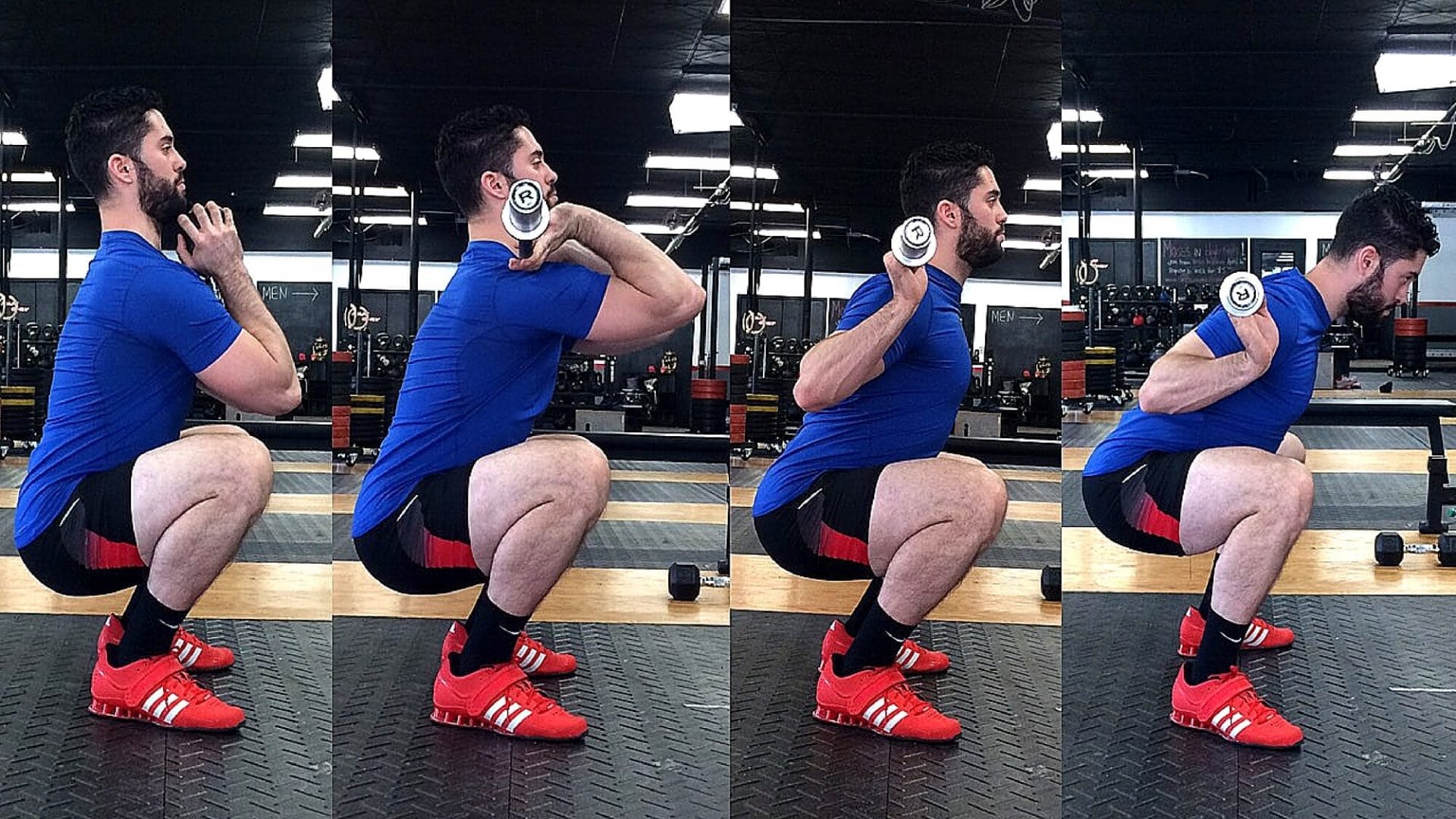
CONCLUSION
So there you have it: our keys to successfully managing femoroacetabular impingement and getting back the life you love. Obviously many of these keys can be more in-depth than we can outline in an eBook but we hope this gives you hope and that these principles set you on a path to healing.
We hope that this gave you a better understanding of hip impingement and why treatments you may have already tried were unsuccessful.
Our goal is to join you in your health and fitness journeys, and we’d love to offer our assistance to you at any time you may need up.
Thanks,
Zach and Jordan of Onward physical therapy in Charlotte, NC
704.228.3825
OnwardCharlotte.com
Recent Articles
Achilles Tendonitis: Diagnosis & Treatment
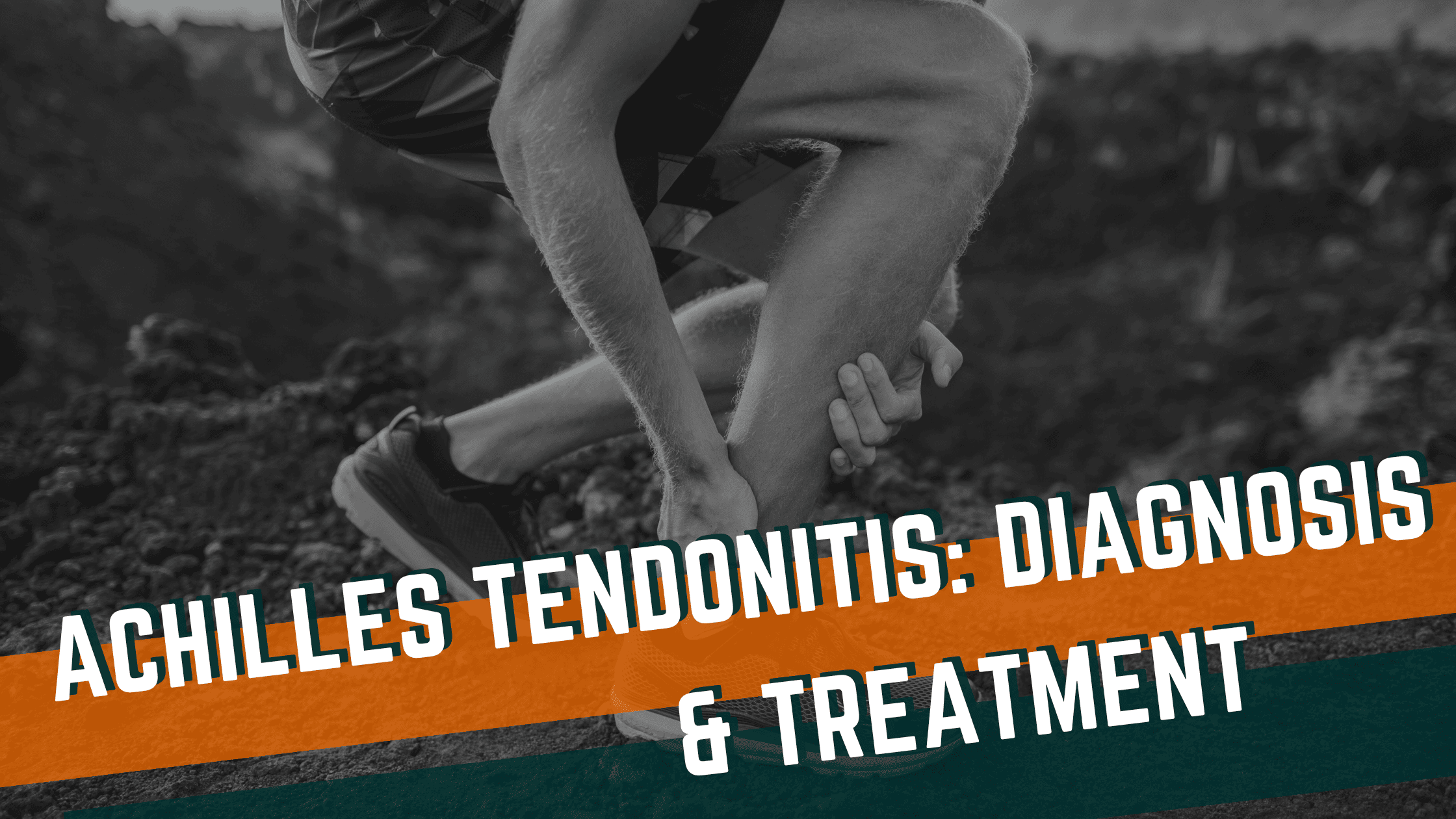
Hip Pain in Runners
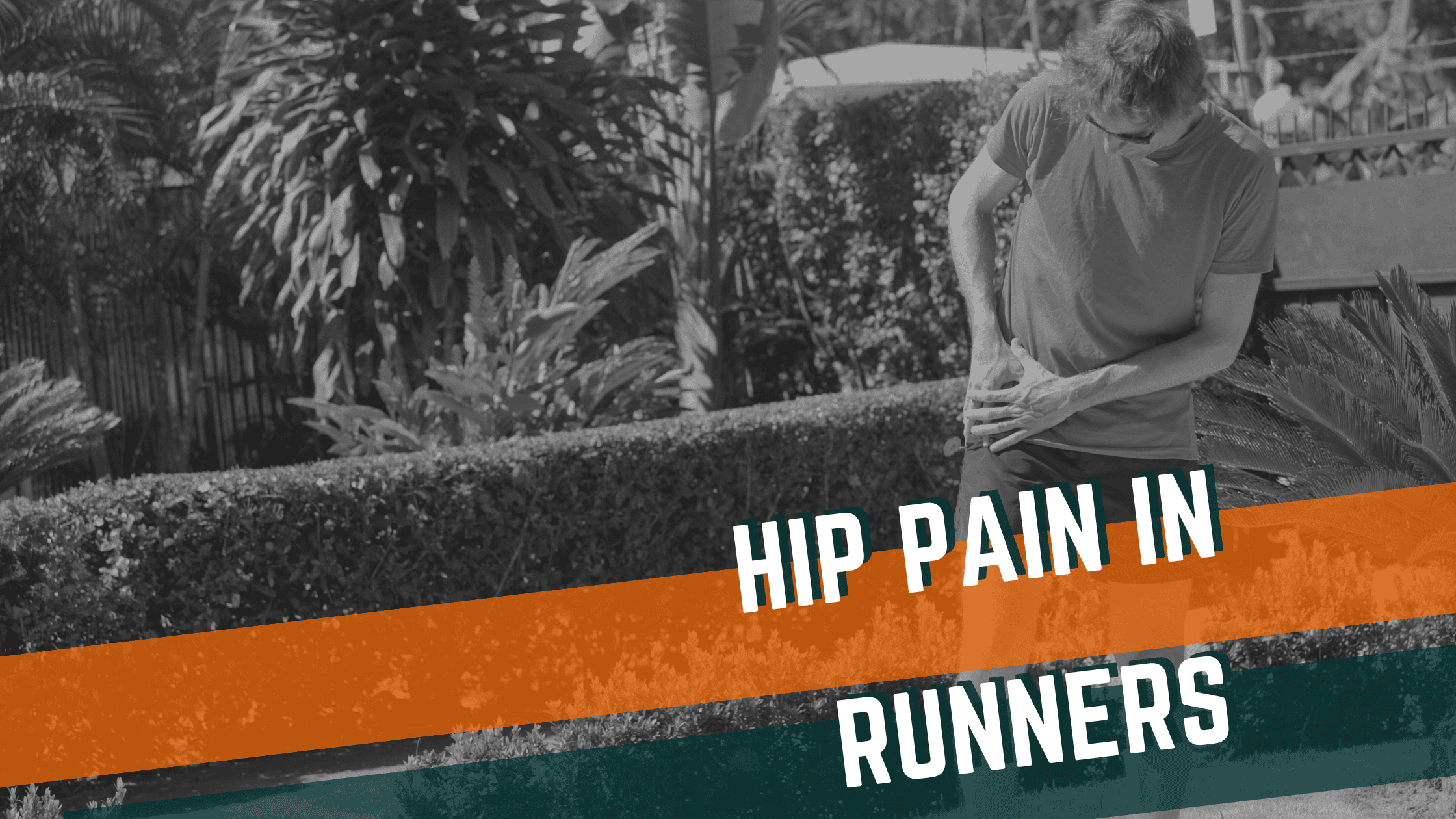
A Guide to Conditions Treated with Dry Needling
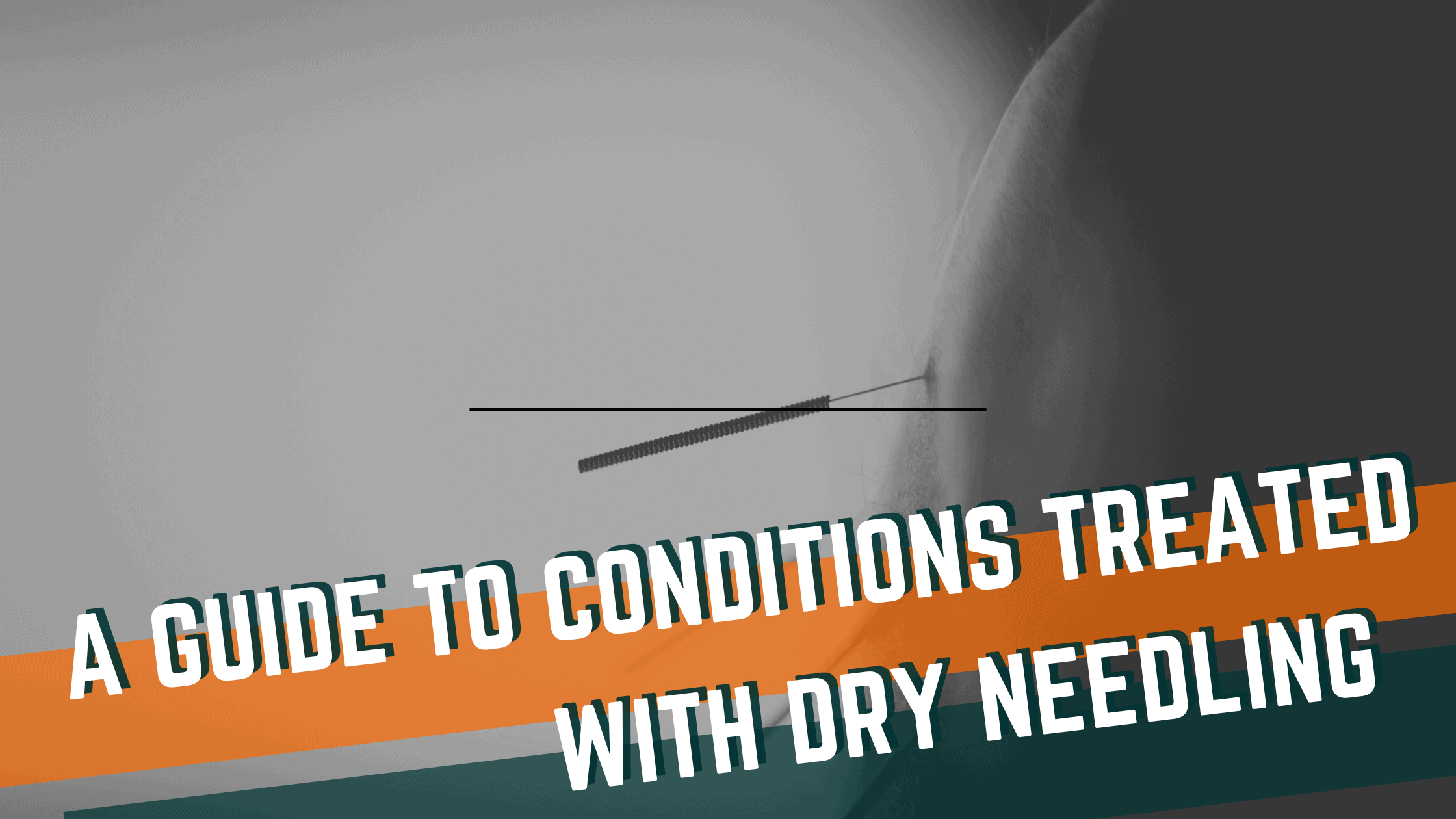
Reconnect to the CORE Postpartum: Pelvic Floor Exercises for Postpartum Healing
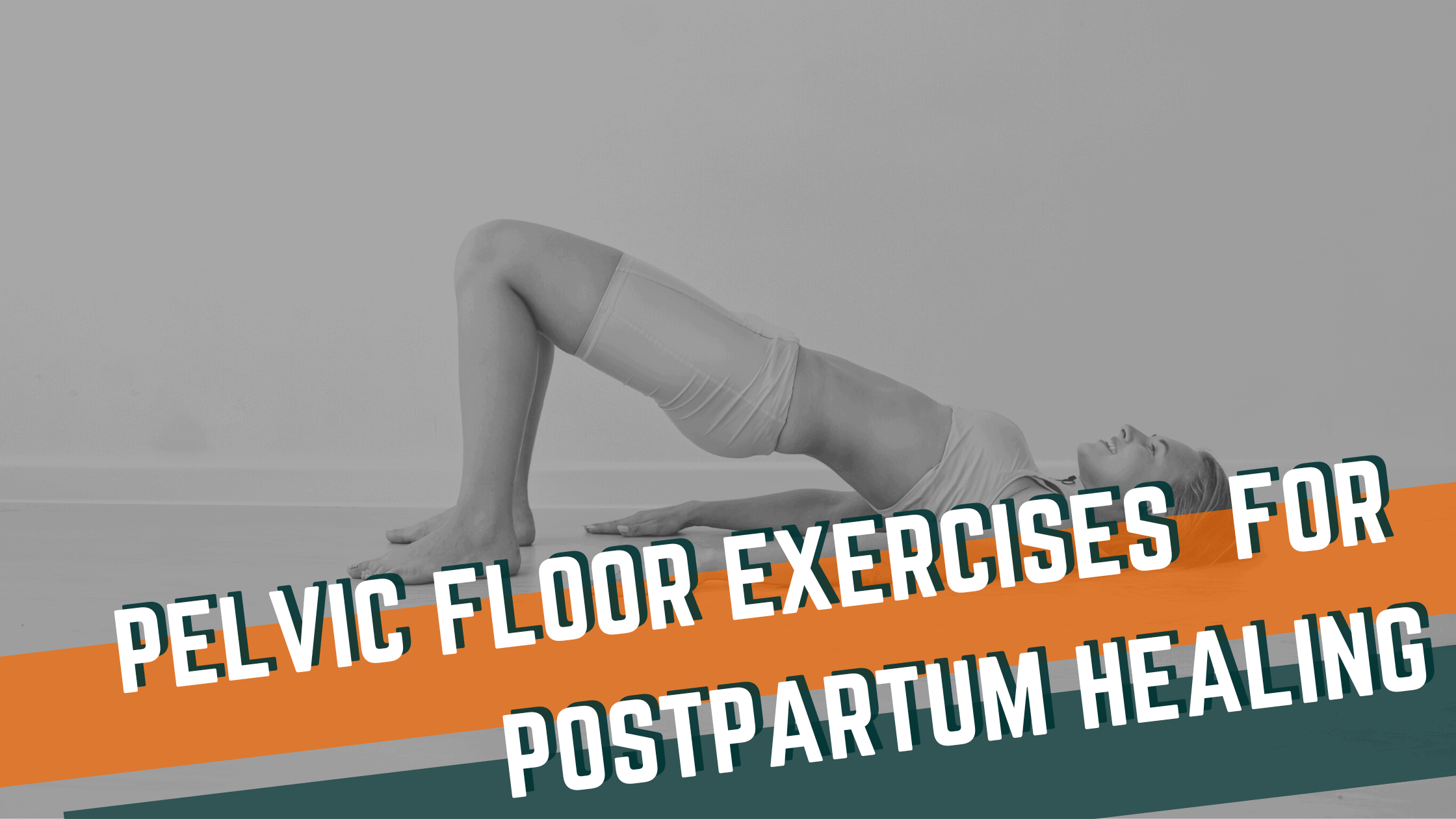
Preventing Back Pain in CrossFit: Key Considerations for Training Safely

